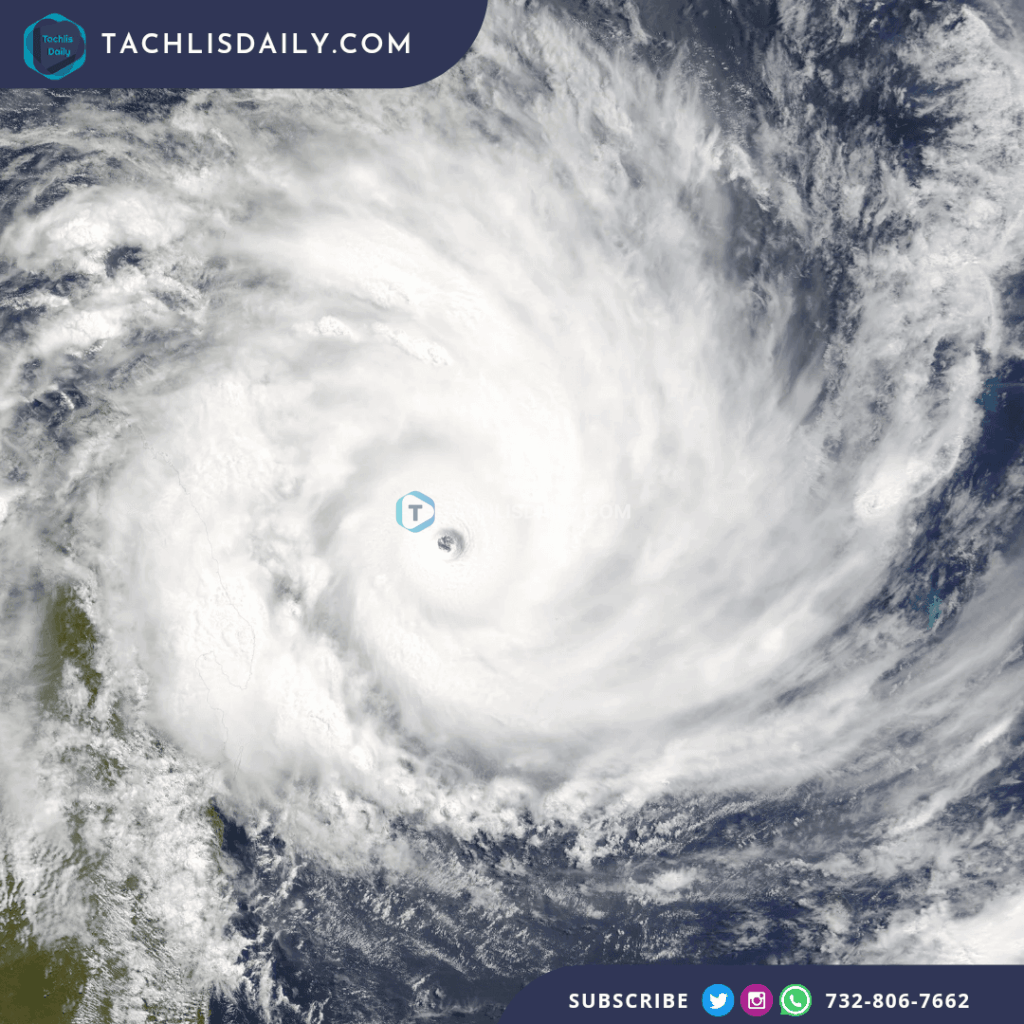Hurricane Milton has intensified into a Category 5 storm as it forms in the Gulf of Mexico and is projected to make landfall in the western part of Florida’s peninsula on Wednesday night. Forecast models indicate that the hurricane will bring not only heavy rain but also a dangerous ocean surge and damaging winds, prompting evacuation orders along the coast. The storm is expected to traverse the state before moving into the Atlantic Ocean on Thursday.
As with most hurricanes and tropical storms, the impacts could extend well beyond the point of landfall. The National Hurricane Center warns of an “extremely life-threatening” storm surge along Florida’s west coast, where many residents are being urged to evacuate. In addition to the storm surge, damaging winds and heavy rainfall could lead to widespread power outages and flooding, compounding the challenges facing affected communities.
Hurricane Milton follows closely on the heels of Hurricane Helene, which struck Florida less than two weeks ago as a Category 4 storm, leaving a trail of destruction and being linked to over 220 deaths from Florida to Virginia. This underscores the potential for significant impacts during this hurricane season, which has been predicted by meteorologists to be one of the worst in decades, with expectations of 17 to 25 tropical storms, including four to seven major hurricanes.
Understanding how hurricanes form and strengthen is crucial for forecasting their potential impacts. Meteorologists monitor wind speeds closely, as these determine the storm’s classification. Once winds reach 39 mph, a storm is categorized as a tropical storm and named; at 74 mph, it becomes a Category 1 hurricane and can escalate to Category 5 based on its wind speed. This classification system is vital for public safety, providing early warnings of potential risks from strong winds, storm surge, and flooding.
As hurricanes like Milton approach land, it becomes critical to heed warnings from the National Weather Service. Storm surges, which can push seawater inland for miles, are the leading cause of hurricane-related fatalities in the U.S. Additionally, as storms move inland, flooding often becomes a major concern due to heavy rainfall overwhelming drainage systems and causing flash floods that can persist for days.
As the hurricane season peaks around mid-September, communities are on high alert, preparing for what could be a challenging few weeks ahead as Hurricane Milton makes its approach.











